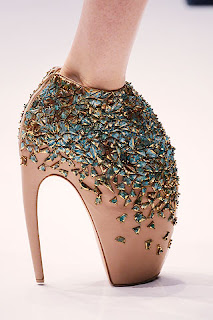Contrast
Boldness
Sharpness
Instability
Exaggeration
Activeness
Depth
Statis
Simplicity
Symmetry
Balance
Singularity
*I couldn't choose just two so I decided to contrast 3...
These images differ in various ways but mainly in their interpretation. The way they are structured cause the viewer to interpret them differently. The first image is bold and colorful, giving off a completely different expression then say the third image. The first image is very bold and straight-on, where as the second image has a contrast in itself with one side of the layout exhibiting stasis and the other side activeness.
The second image and the third image differ in the sense that although they are both black and white images, they exhibit differing senses of balance and symmetry. The second image is exaggerated in the sense that the woman on the right side of the page is altered to look like the alphabet. The other side (left) of the image is static and unstable, creating depth in the layout. The third image is completely different in the sense that it is a very much balanced layout, with the two main components of the layout on two opposite sides of the pages, relatively the same size as well, not to mention the same color.
These differences in visual techniques in these magazine layouts create varying interpretations. The first being an immediate colorful burst impact on the viewer. The second image being an interesting composition to look at due to its contrast of stasis and activeness as well as a depth component. The third image being a very clear and simple interpretation, due to the symmetry and balance.






























